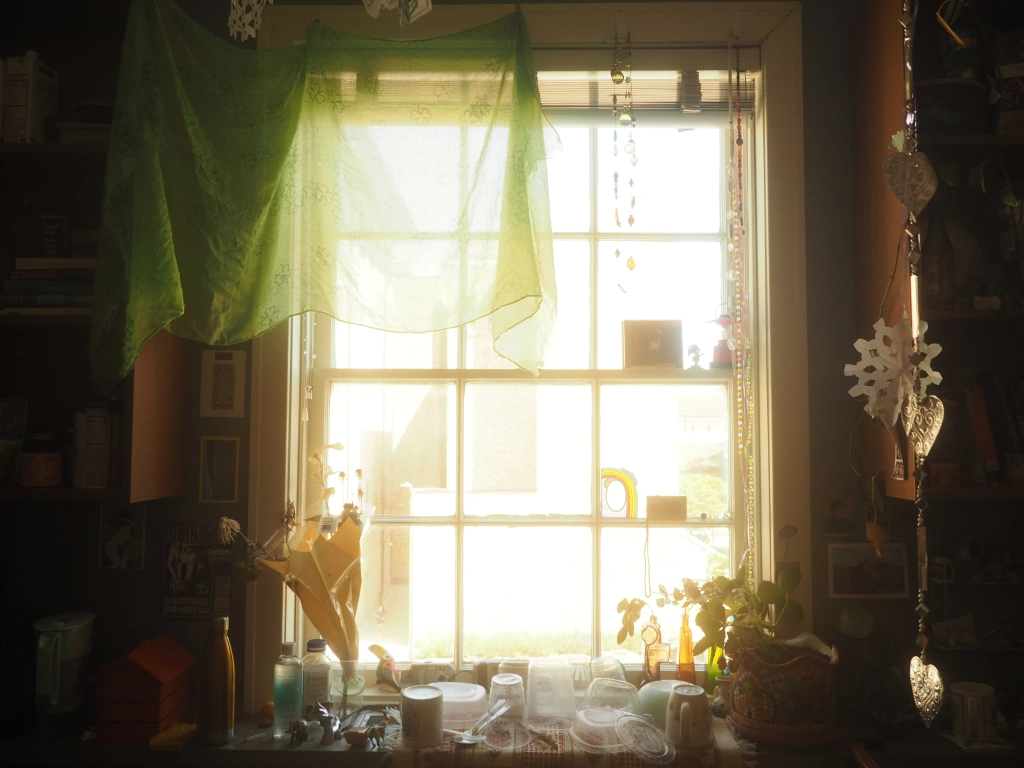Written by Shae Carey.
On the corner of 21st and Guadalupe Street lies a building that houses the collections of some of the greatest authors in the world. One might wonder how the University of Texas is able to obtain the materials of such prestigious figures, including John Steinbeck, Gabriel García Márquez, Jack Kerouac, Lewis Carroll, David Foster Wallace, and more.
Megan Barnard is the Associate Director of Acquisitions and Administration at the Harry Ransom Center. She says that materials come to them in a number of different ways.
“We do purchase materials, but we also get a very substantial number of gifts and donations.
“For example, last year we received the Mad Men papers and that was a combined gift from Matthew Weiner, the series creator, and Lionsgate, the company that produced the show.”
“We often contact people we’re interested in, but we also have people contacting us all the time because they have things they think might be a good fit for us.”
There is a lot of emphasis to acquire materials that complement the materials that are already housed within the Ransom Center. Barnard says, “We not only acquire big archives, those are the ones that tend to get the most media attention, but we’re also always working to build and enhance the collections that we already have.”

In the world of archives, acquiring such a prestigious collection is competitive.
In 2014, for example, the Ransom Center acquired the archives of Nobel prize-winning author Gabriel García Márquez.
Barnard says there is a number of reasons why benefactors of such prominent figures choose the Ransom Center to house an archive.
She says, “One thing that’s very appealing to the García Márquez family when they were thinking about where they wanted to place that archive was finding a home that was a good fit for the collection itself. [Gabriel] García Márquez was very significantly influenced by a number of writers—James Joyce, William Faulkner, Ernest Hemingway—and the Ransom Center has really strong collections of all of those authors and so there was something very special to the family about having this collection reside along with these other collections.”

“That sort of thing happens all the time, where writers or artists can see where their collection fits in in relation to a number of their peers.”
“And we really try to build collections that have connections amongst them because then researchers and students can access the information from all different angles,” she adds.
She also believes that the Ransom Center’s close relationship to the University of Texas plays a role. Anyone enrolled at the University of Texas is able to go to the Harry Ransom Center to personally access its materials after going through a short orientation.
“It’s really important to a lot of artists and writers that their archive be placed at a university that actively uses the collections and we really work hard to promote our collections to the faculty and students here.”
“We have more than eight thousand students every year that come in with classes to engage one-on-one with the collection materials. I think that’s very appealing to a lot of people who are looking to house their archive here.”
The Ransom Center is also dedicated to making its materials available worldwide. Barnard says, “We’re building our digital collections rapidly. So much of our material falls under copyright protection still, so it’s not really possible for an institution to digitize full archives of copyrighted material and make them available. In a situation like the García Márquez project that’s underway and about to open, we received permission from the family to make enormous amounts of copyrighted material available online.”

She continues, “Everyone saw the advantages of trying to make this collection as successful as possible. With their cooperation and with support from the Council of Library and Information Resources, we were able to do this special project, which I hope will serve as an example for a lot of other writers and estates, and may encourage them to see how providing that information to make available copyrighted material actually does promote research and helps foster their legacy.”
Barnard has this advice to give to students interested in going into the archival field: “The first thing that students can and should do is get inside these collections, come into institutions like the Ransom Center, go into the Reading Room, and study some of the materials. Really become more immersed in the world, and see if that is something they would want to commit to.”
Featured image: ©alachia. Used under a Creative Commons (CC-BY-2.0) license.






Leave a comment